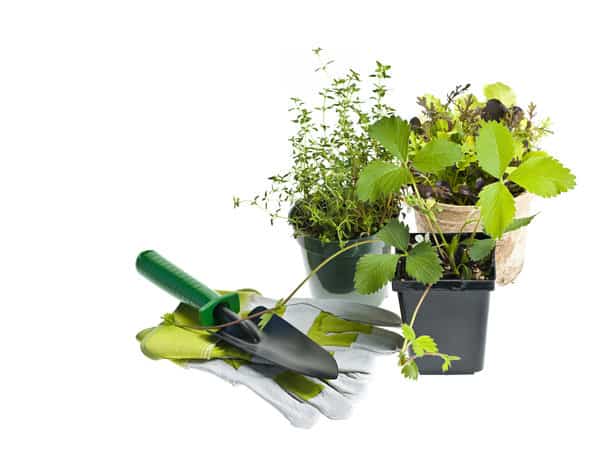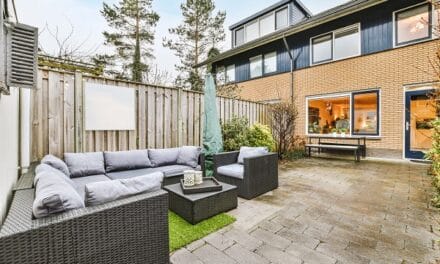In today’s fast-paced world, people are finding ways to make their lives more convenient. One of these ways is by creating gardens that provide fresh, organic fruits and vegetables all year round. For those who want easy access to fresh produce, a vertical garden is the answer. A vertical garden or indoor garden is an ideal way to grow plants without having to spend a lot of time and money on it. You can create your own vertical garden at home with just a few dollars as well as less than 10 minutes per day. With the help of a vertical garden you can have self-sufficient greens anywhere in your home or office space. In this article, we will discuss some of the best vertical gardens for indoors and their pros and cons so you can choose the right one for you accordingly.
What is a Vertical Garden?
A vertical garden is an indoor garden that typically uses one or more containers to grow plants and vegetables. The type of container any vertical garden uses depends on the size and shape of the plants. There are many different types of containers used including pots, tubes, and towers. A vertical garden has the ideal way to provide fresh fruits and vegetables while saving time, money and space. You can also create your own vertical garden at home with just a few dollars as well as less than 10 minutes per day.
Types of Indoor Vertical Gardens
There are several types of vertical gardens, so let’s first discuss the different types that are available. There is a variety of vertical gardening systems available for your home or office space. They can be made out of many materials such as bamboo, wood, and metal. There are also some organic ones that you can use to grow plants without using pesticides. The type of garden you want will depend on the dimensions and size you have in mind. Some can only be used indoors while others may need to be placed outdoors due to size constraints. Some vertical gardens come with their own lighting while others don’t require any at all. They must not be placed near windows since they do not allow natural sunlight to get in. Finally, there are those which need specific conditions like rainfall or access to sun light for proper growth to take place.
How to Build a Vertical Garden
The first step in creating your vertical garden is to decide what type of plants you want to grow. This can depend on the space you have available for growing and the amount of time you are willing to dedicate to it. Some plants that are great choices for a vertical garden include: tomatoes, cucumbers, peppers, lettuces, green beans and herbs. Next you need to decide what size your vertical garden will be. You may choose a smaller version or one that is more spacious with room for other plants as well. It all depends on how much space you have available and the time you are willing to devote to it. Once you decide on the size, next comes choosing what kind of container or soil to use. For containers, think about whether or not they need lights or ventilation so they do not get too warm or too hot. After this all has been decided, it is time to get started! The first thing that needs to be done is putting together the base of your vertical garden by setting up some stakes with string attached so the plants can be hung from them later on. Next attach these stakes in an area where there will be enough sunlight for your plants throughout the day and where they won’t block any sunlight from other areas in your home; otherwise their growth will suffer considerably. The last step before starting this process is adding some earthworms into your potting mix so they can help improve overall plant health as well as aeration of soil which
How to Care for a Vertical Garden
The most important aspect of caring for your vertical garden is understanding how to maintain it. You should know how to create healthy soil and how to water your plants in order to keep them thriving. One way you can achieve this is by keeping a small reservoir or container near the plant you want to water. Fill the container with water, place it under your plant, and only then pour the water into the reservoir that is connected to your vertical garden. This way, you will not have to disturb the soil and the plants will stay hydrated without having an excess of water on top of them. Additionally, another important aspect of caring for a vertical garden is knowing what type of light conditions are best for different plants. Some plants prefer direct sunlight while other plants like shade or indirect sunlight as well as filtered lighting. Plants also have different needs for nutrients including calcium, phosphorus, nitrogen, potassium and magnesium so be sure to do research before planting anything new in your interior garden so that you can make sure your plant receives all the nutrients they need.
Pros of Indoor Grow Systems
Grow systems can be used to grow fruits, vegetables and herbs by using the sun’s natural light. Some of the benefits of growing plants in a vertical garden are: – A fresh produce that doesn’t need to be refrigerated – Better quality yields with less water and fertilizer – Save time on gardening as you don’t need to water or weed as much – Easily accessible for those who are busy – It is compact, so you don’t need a lot of space
Cons of Indoor Grow Systems
A lot of vertical gardens are designed to be used in small indoor spaces. If you have a big space, you may want to consider an outdoor garden. Make sure that the vertical garden you choose is designed for your space before purchasing it. Another con to using indoor vertical gardens is that they don’t produce the same amount of fruits and vegetables as some other forms of gardening.
Conclusion
There is a lot to consider when choosing an indoor vertical garden, so make sure you have the right type of plant for your space and it’s maintenance. Be sure to consider the following factors:
- Space: How much space is available?
- Will this be a permanent installation or temporary?
- Light: What is the light like in your space?
- Temperature: What is the temperature like?
- Type of plant: Do you want a plant that will grow quickly or slowly?
- Requirements: Do you need a plant that can handle low light, humidity or high humidity?





